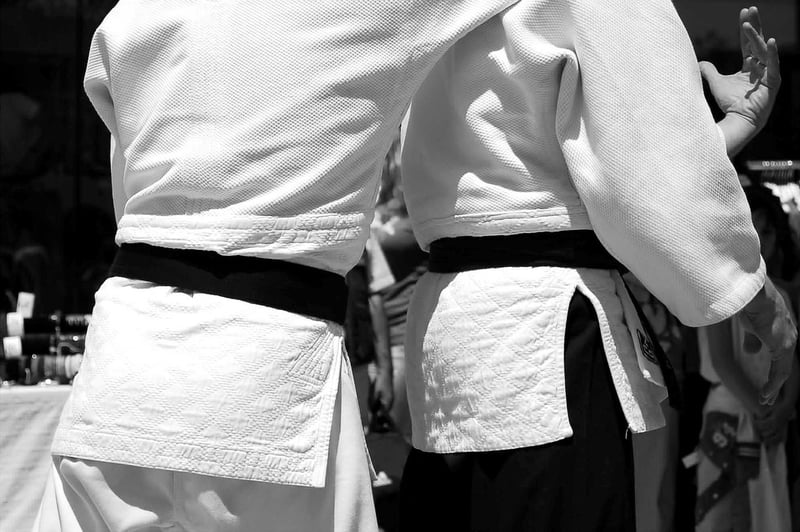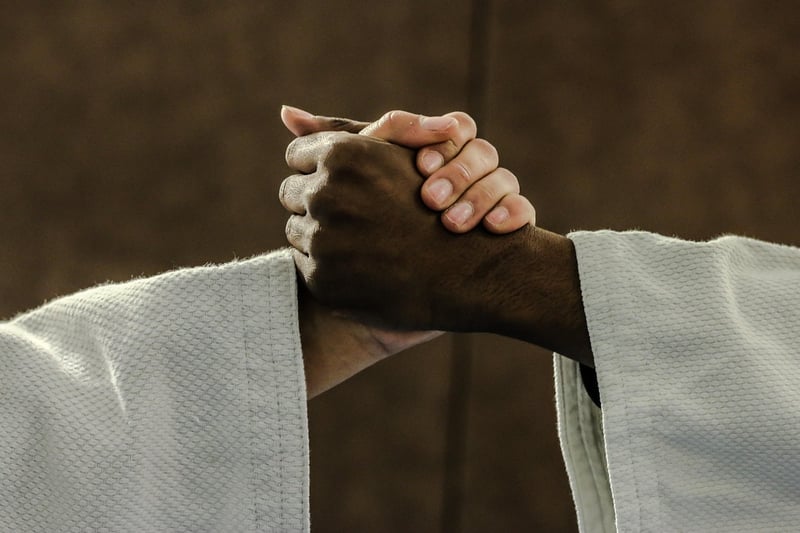Judo
The Art of Judo: A Discipline in Combat Techniques
When it comes to disciplined combat techniques, few martial arts can rival the effectiveness and grace of Judo. Originating from Japan, Judo is not just a physical activity but a way of life that promotes mental and physical well-being through the mastery of techniques that can be used for self-defense or sport.
The Principles of Judo
At the core of Judo are the principles of maximum efficiency with minimum effort and mutual welfare and benefit. Practitioners of Judo, known as Judokas, learn how to use an opponent's strength and force against them, emphasizing technique and leverage over brute strength.
Key Techniques in Judo
Judo is known for its throws, pins, joint locks, and strangles. Some of the key techniques include:
- Osoto Gari (Major Outer Reap): A powerful throw where the Judoka uses their leg to reap their opponent's leg, destabilizing them and throwing them to the ground.
- Ude Hishigi Juji Gatame (Cross Armlock): A joint lock that hyperextends the opponent's elbow, forcing them to submit.
- Kesa Gatame (Scarf Hold): A pinning technique where the Judoka controls their opponent's upper body, limiting their movement.
The Benefits of Practicing Judo
Aside from learning effective self-defense techniques, practicing Judo offers a range of benefits, including:
- Improved physical fitness and coordination
- Increased mental focus and discipline
- Enhanced self-confidence and respect for others
Get Started with Judo Today!
If you're interested in learning the art of Judo and mastering disciplined combat techniques, find a local Judo dojo or club near you. Remember, Judo is not just about fighting; it's about personal development and growth through the practice of martial arts.

